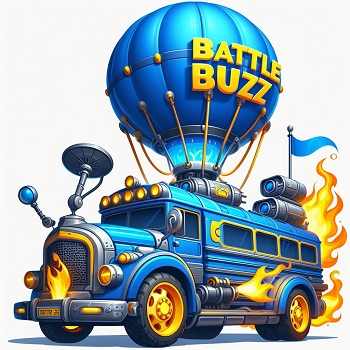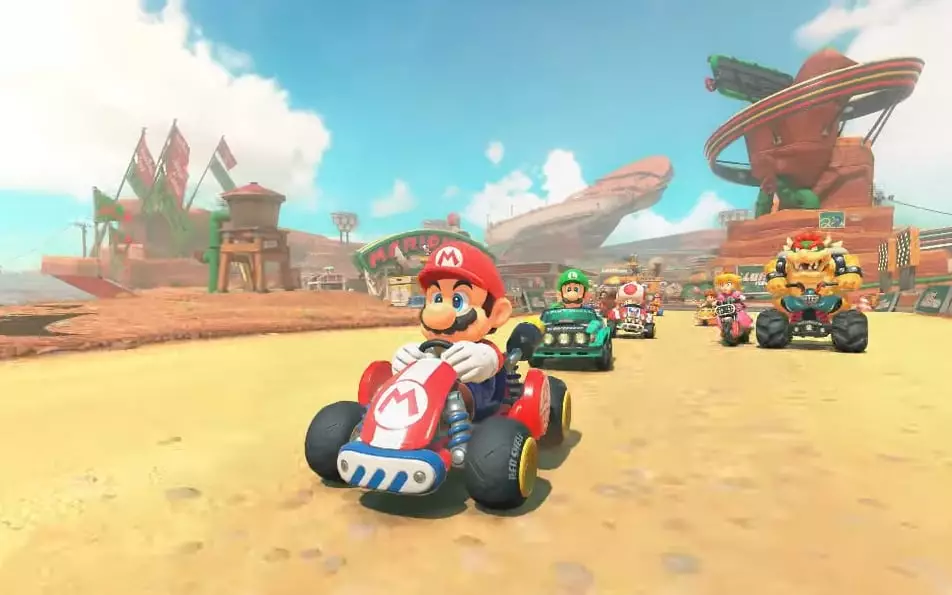As rumors swirl around Nintendo’s upcoming console, the Switch 2, there’s a palpable excitement in the gaming community about the potential launch title: Mario Kart 9. This beloved franchise has been a staple in the gaming world for decades, captivating both hardcore players and casual gamers alike. However, with the overwhelming success of Mario Kart 8 Deluxe, which has maintained its popularity throughout the lifespan of the Switch, one must ponder whether this new installment will truly be a system seller. The transition from a consistent triumph to an irresistible offering presents formidable challenges for Nintendo.
Assessing Existing Success: The Mario Kart 8 Phenomenon
Mario Kart 8 Deluxe is not just a game; it’s a phenomenon, having sold over 67 million copies and boasting a continuous stream of content updates that keep players engaged. This longevity raises critical questions about the market’s readiness for a new title. How does one follow up on a product that has become ingrained in the gaming culture? This challenge is magnified by the fact that many existing players already own Mario Kart 8—and a Switch. For a franchise that thrives on multiplayer engagement and family fun, persuading loyal fans to invest in a new console for what may seem like an additional version of a game they already cherish is no small feat.
Consumer Psychology and Pricing Perception
The discussion led by former Nintendo employees Kit and Krysta underscores a fundamental truth in consumer behavior: purchasing decisions aren’t solely about the product but also about the value propositions surrounding it. The notion that a casual gamer must part with $400 to access Mario Kart 9 presents a significant barrier. Factors such as parental perceptions—especially those of mothers deciding if it’s worth the investment—play a paramount role in market dynamics. If the appeal isn’t profound enough, many may shy away from a high-stakes purchase and opt for the comfort of their existing game library.
The Unpredictability of Pre-Launch Momentum
What often complicates this scenario further is the unpredictability surrounding a game’s launch hype. While Mario Kart 9 stands poised to excite, establishing a momentum akin to its predecessor is key. Kit and Krysta’s insight that Nintendo initially did not anticipate the overwhelming success of Mario Kart 8 leaves one with the notion that surprises in the gaming world are common. Can the magic of nostalgia combined with innovative gameplay rekindle that spark? Innovations are required to spark interest and to justify the investment, making new racing mechanics or unique game modes essential to its allure.
The Pressure to Deliver: A New Standard for Nintendo
After the tumultuous reception of the Nintendo Wii U, the company’s latest ventures aim to recover from past criticisms and solidify their standing in the gaming market. Mario Kart 9 isn’t just another sequel—it serves as a litmus test for Nintendo’s ability to innovate while upholding the legacy of a fan-favorite franchise. The challenge of eclipsing the existing sales figures of Mario Kart 8 Deluxe looms large over developers. The expectations are heightened, and the pressure to deliver a game that not only meets but exceeds players’ anticipation could be a double-edged sword.
Player Expectations vs. Market Reality
In the realm of adaptations, there’s a fine line between satisfying longstanding fans and attracting a new audience. Players seek not just iterative changes but revolutionary experiences. Yet, with the considerable anticipation surrounding Mario Kart 9, exist a diverse set of expectations from varying demographics. The older generation craves a return to tradition, while younger ardent gamers look for fresh innovations. Striking a balance between these competing demands will be a crucial test for Nintendo’s creative team.
Ultimately, Mario Kart 9 may very well be the beacon that guides the Switch 2 through its early lifecycle, yet overcoming the legacy of its predecessor coupled with the critical lens of both fans and newcomers poses a unique challenge. This visibility is not merely a gamble, but a calculated risk that, if executed well, could redefine what we expect from gaming sequels moving forward.


Leave a Reply